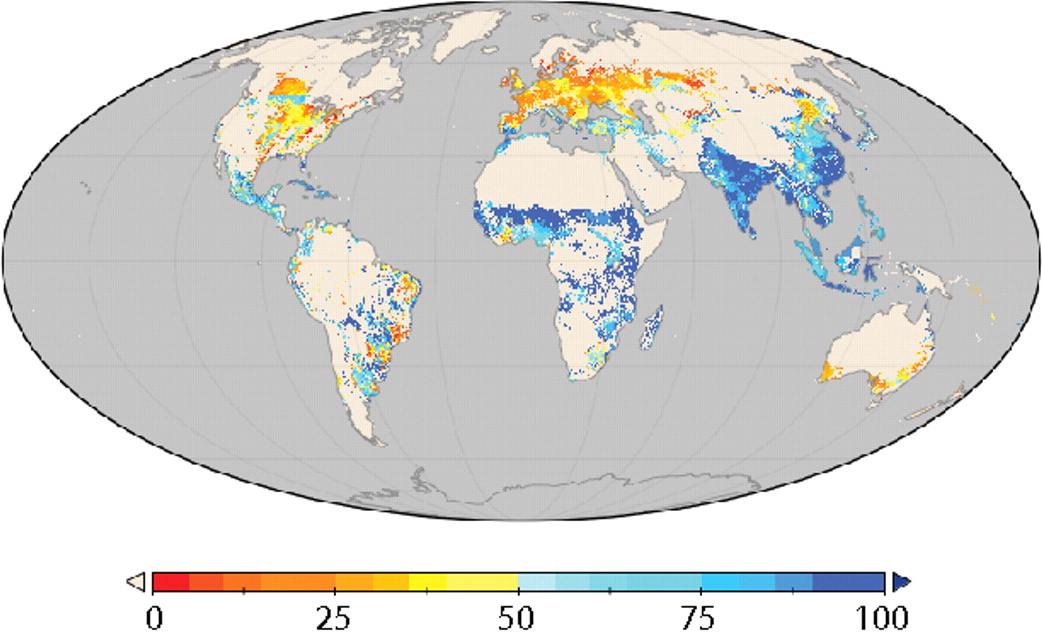A comment on an ancient post about Moringa prompted two reactions. First, happiness that our page must be turning up in someone’s searches, tinged with sorrow that I don’t know of any financial partners to help protect the Congo basin with Moringa. Secondly, to ask what’s new with Moringa.
 Not a lot at the site itself, but that’s probably because they’ve all been working to spread the word. And that word is that Moringa Leaf Powder is likely to be certified by the Food and Drug Board of Ghana, if they receive the necessary data. I hope that happens soon because it will offer an outlet and an income opportunity to all the people who have worked so hard to bring Moringa products to market.
Not a lot at the site itself, but that’s probably because they’ve all been working to spread the word. And that word is that Moringa Leaf Powder is likely to be certified by the Food and Drug Board of Ghana, if they receive the necessary data. I hope that happens soon because it will offer an outlet and an income opportunity to all the people who have worked so hard to bring Moringa products to market.
But I confess I’m not all that happy myself with the designation of Moringa as “The Miracle Tree”. Sure it’s a good tree, and as Luigi said back then “really the adjective ‘multi-purpose’ could have been invented for this plant”. There’s all too much miracle silver-bullet style thinking around, and I would have hoped that, knowing the value of diversity better than anyone, the folks associated with Moringa would be less inclined to put all their eggs in one basket and all their faith in one tree.
Still, that’s quibbling. Snooping around on some other photos, I noticed the URL for the Environmental Development Youth Movement, which seems to be a key promoter of Moringa in Ghana. Fascinating site (especially if you like photographs of lots of packages) which has its own village and which seems to be doing good work. They’re looking for volunteers too. Say we sent you.
Photo by Armelle de Saint Sauveur
 Our cartography nut is otherwise engaged, temporarily, but I know he’d love this one. Blue shows agricultural production consumed directly by people: food. Orange-red is consumed indirectly in processed products, mostly feed for livestock but also things like cotton and coffee. Notice anything interesting about the distribution? Yeah, me too.
Our cartography nut is otherwise engaged, temporarily, but I know he’d love this one. Blue shows agricultural production consumed directly by people: food. Orange-red is consumed indirectly in processed products, mostly feed for livestock but also things like cotton and coffee. Notice anything interesting about the distribution? Yeah, me too.